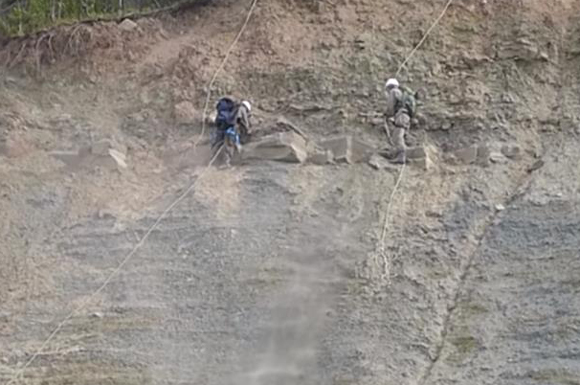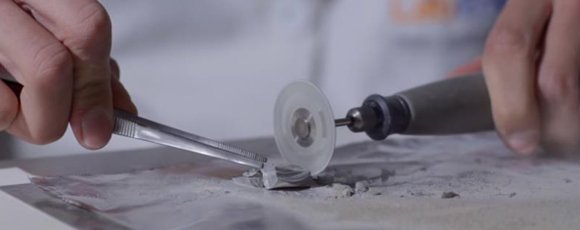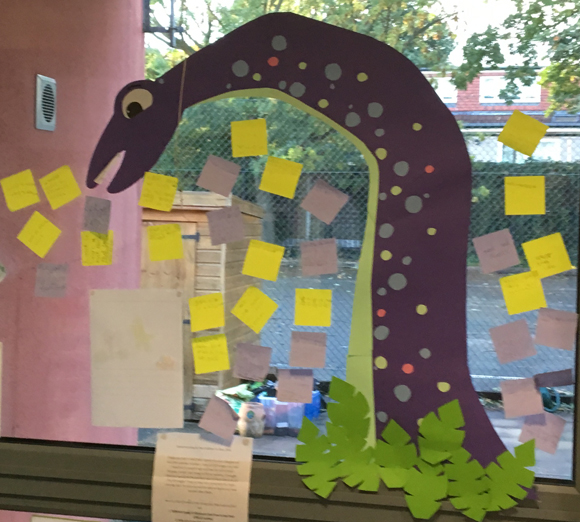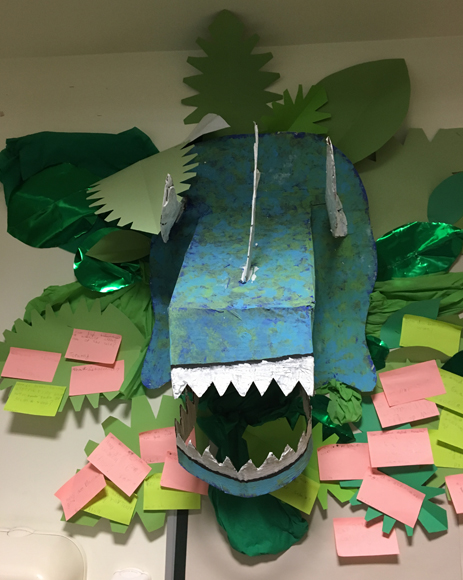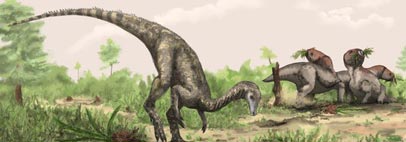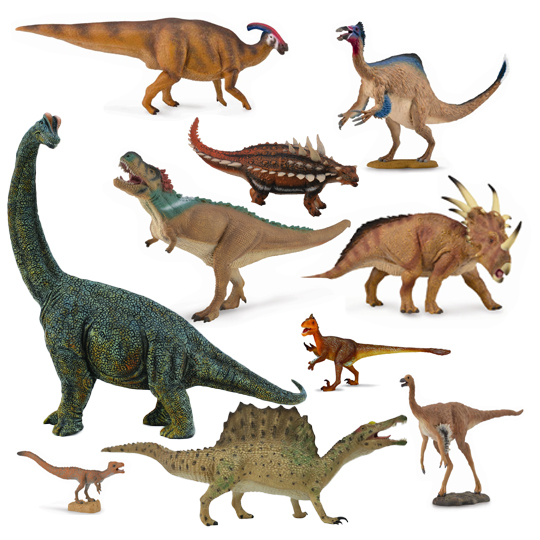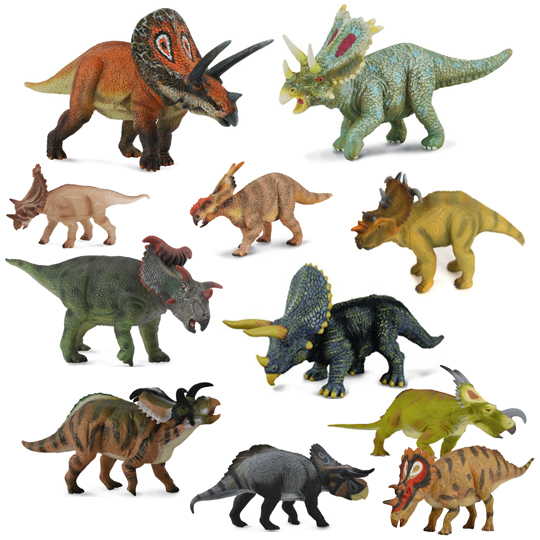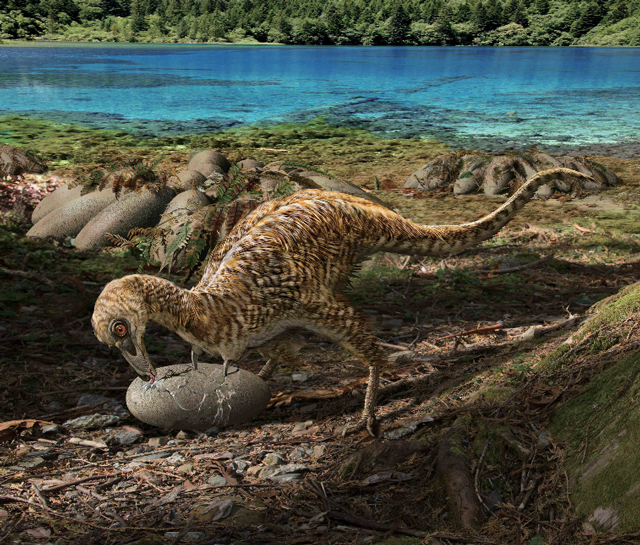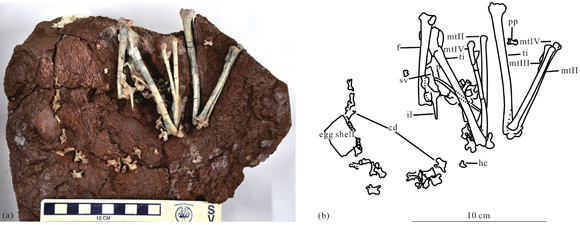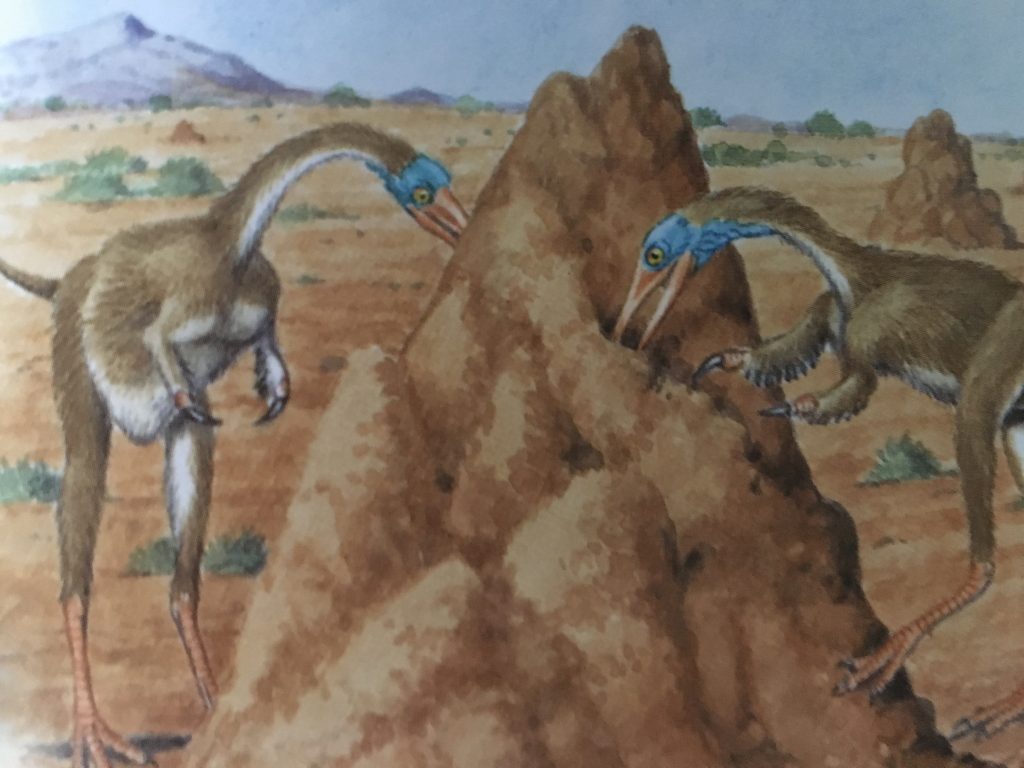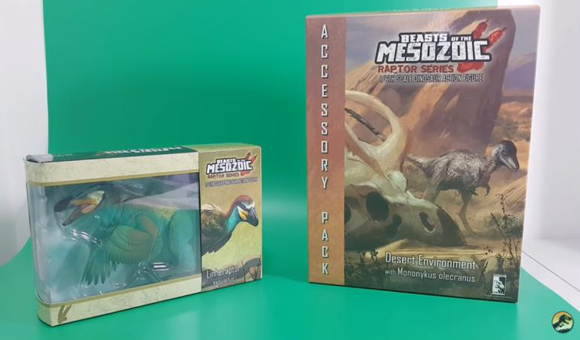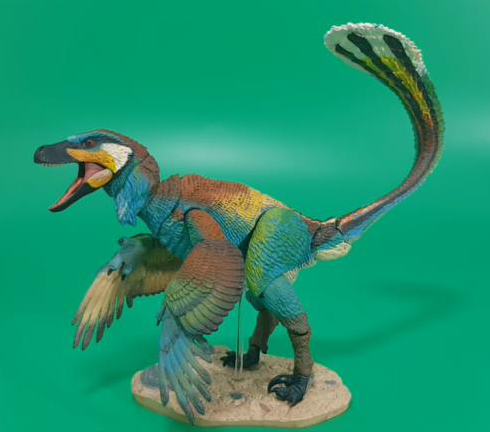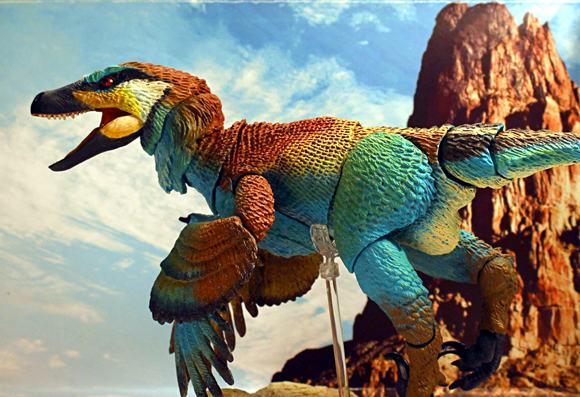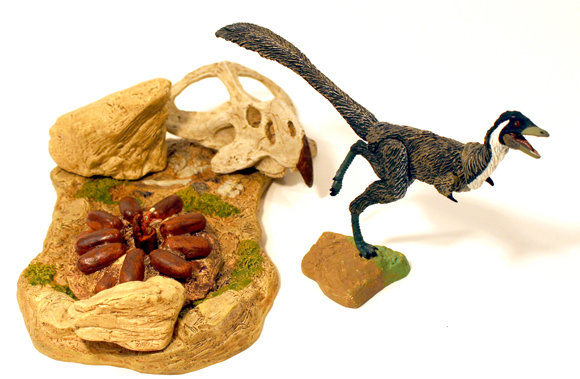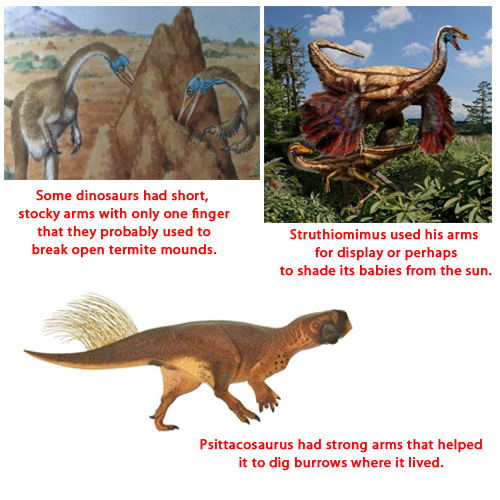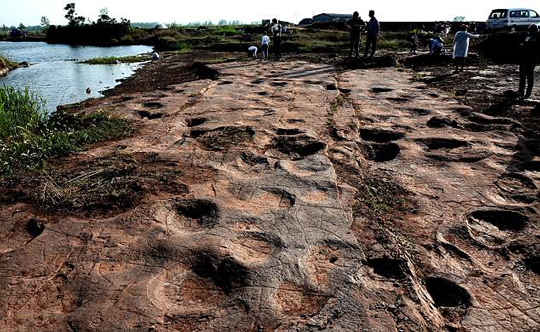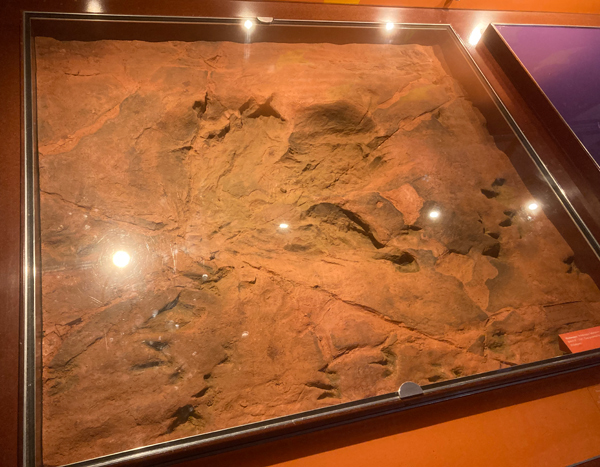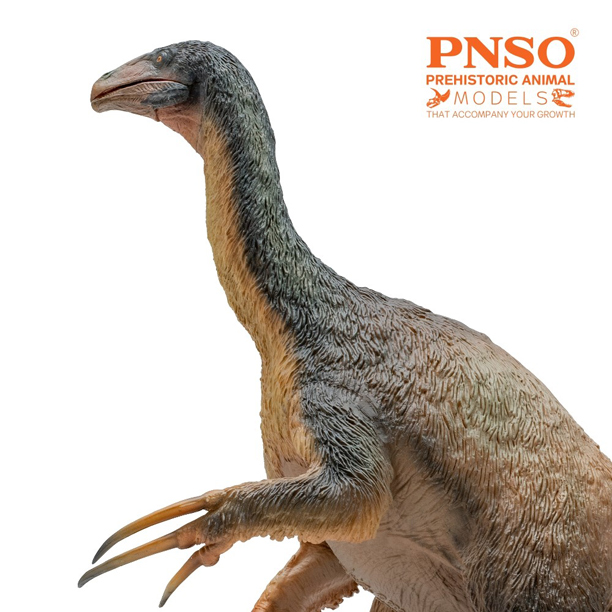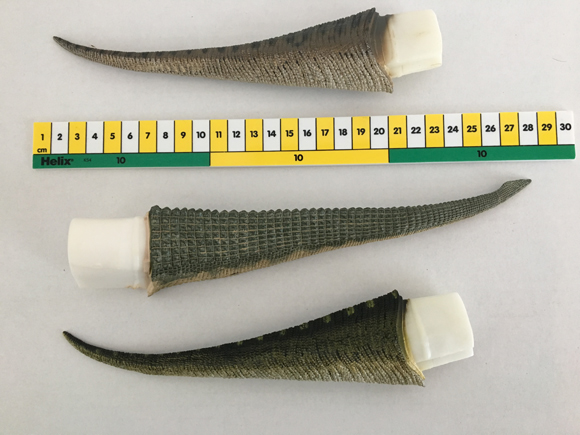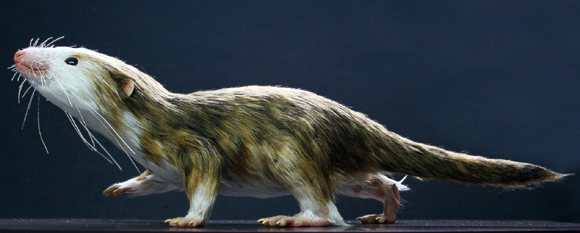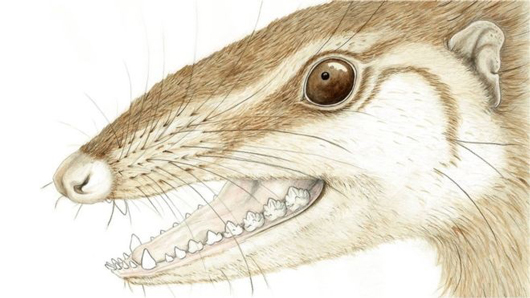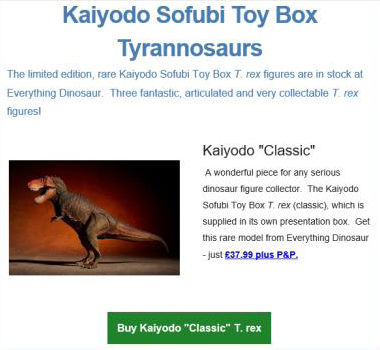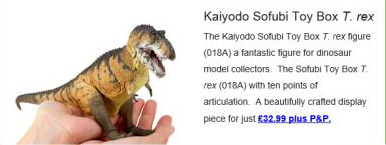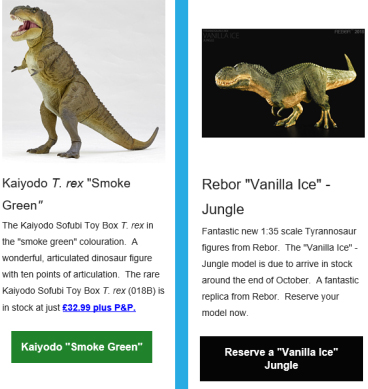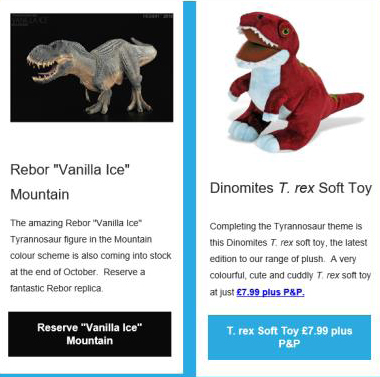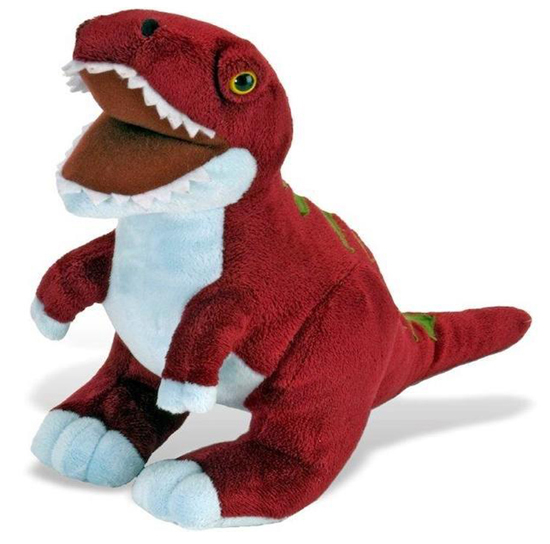Chemical Clues to the Earliest Animal Fossils
Cholesterol Proves Dickinsonia was an Animal
A team of international scientists including researchers from the Australian National University (Canberra) and the Russian Academy of Sciences (Moscow), have finally solved one of the great puzzles in palaeontology. They have detected molecules of cholesterol in an ancient animal fossil to confirm that the bizarre Dickinsonia, part of the enigmatic Ediacaran biota, was an animal and therefore distantly related to all other animals including humans.
A Fossil of Dickinsonia – A Bizarre Disc-like Organism But What Exactly Was It?

Picture credit: Fr Alex Liu (Cambridge University)
The Enigmatic Ediacaran Biota
Before the Cambrian explosion and the evolution of hard-bodied organisms, there existed a strange biota formed of bizarre, soft-bodied organisms that did not show much affinity to Late Cambrian fossil groups and to any form of living organisms today. Fossils appear in sedimentary rock dated between 570 to 541 million years ago and have been found in Australia, (the Ediacara Hills of South Australia, from which this period in Earth’s history is named) and notably in Namibia, England, China, Canada and Russia. They were the first complex multi-cellular organisms to appear on Earth.
Although the Ediacaran biota immediately preceded the rapid appearance and diversification of animals in the Cambrian, where these strange organisms fit within the tree of life remained a mystery. Some of these fossils appear segmented and show some bilateral symmetry, Dickinsonia for example, but most lack any obvious signs of a gut, a mouth, an anus or any appendages that might link them to the Animalia.
This new study, published in the journal “Science”, identified biomarkers, specifically the fat, cholesterol in the fossilised remains of Dickinsonia. This discovery confirms that at least one bizarre Ediacaran group, Dickinsonia and related taxa are members of the animal kingdom (Metazoa).
Finding Fossils Can Be Dangerous
Australian National University PhD student Ilya Bobrovskiy and his fellow collaborators in this research project, explored a remote area of exposed cliff on the White Sea coast of north-western Russia. The field team were looking for strata laid down in the Ediacaran so that they could study any fossils preserved within the ancient rocks. The sedimentary material they were interested in was exposed high up on a steep cliff face and ropes had to be used to get the field team down the cliff face so that they could dislodge sandstone boulders which fell to the beach below and then could be collected for further analysis.
Palaeontology Can Be a Dangerous Business – Dislodging Ancient Marine Sandstone Boulders From the Cliff Face
Picture credit: Australian National University
Dickinsonia – The Earliest Known Animal in the Geological Record
Some Dickinsonia fossils are a whopping 140 centimetres in length, indicating that these organisms were much bigger than most of the Ediacaran and later Cambrian biota, but where they fitted in the classification of life on Earth remained open to conjecture. Previously, it had been suggested that these fossils represented giant, single-celled amoeba, lichens or dead-end evolutionary experiments that have no connection to other life forms. The research team discovered a Dickinsonia fossil that was so well preserved that a molecular analysis revealed traces of tiny amounts of cholesterol, a type of fat that is only produced by animal life. The scientists postulate that this is the conclusive evidence that confirms that Dickinsonia was an animal.
Cholesterol Found in Dickinsonia Proves it was an Animal
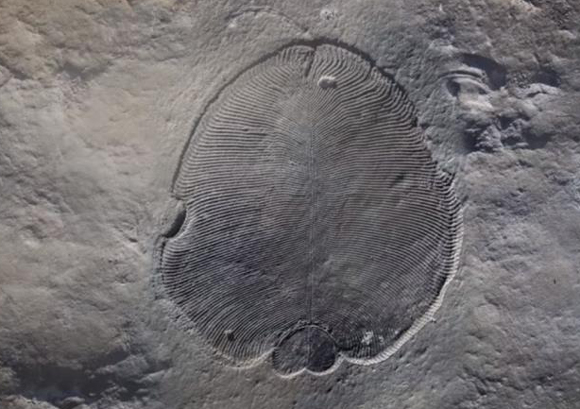
Picture credit: Australian National University
Co-author of the study, Associate Professor Jochen Brocks from the ANU Research School of Earth Sciences commented:
“The fossil fat molecules that we’ve found prove that animals were large and abundant 558 million years ago, millions of years earlier than previously thought. Scientists have been fighting for more than 75 years over what Dickinsonia and other bizarre fossils of the Ediacaran biota were. The fossil fat now confirms Dickinsonia as the oldest known animal fossil, solving a decades-old mystery that has been the Holy Grail of palaeontology.”
Preparing Fossil Specimens for Analysis
Picture credit: Australian National University
Molecular Analysis of Dickinsonia Fossils
Using extremely sensitive techniques to assess the chemical nature of fossil material has opened up whole new areas of study for palaeontologists. Prior to the employment of such technologies as computerised tomography, synchrotron radiation light sources, biomarker analysis and four-dimensional scanning, palaeontologists were restricted to studying the shape and the form of fossils. Today, palaeontologists can utilise these new methodologies, drawn from a variety of disciplines such as engineering and medicine to undertake complementary areas of study.
To read an article published in 2017 that postulated that Dickinsonia was a member of the Animal Kingdom and likely to be a Metazoan: Growth Analysis Suggests Dickinsonia was Definitely an Animal.
For models and replicas of ancient prehistoric creatures: Prehistoric Animal Models.


